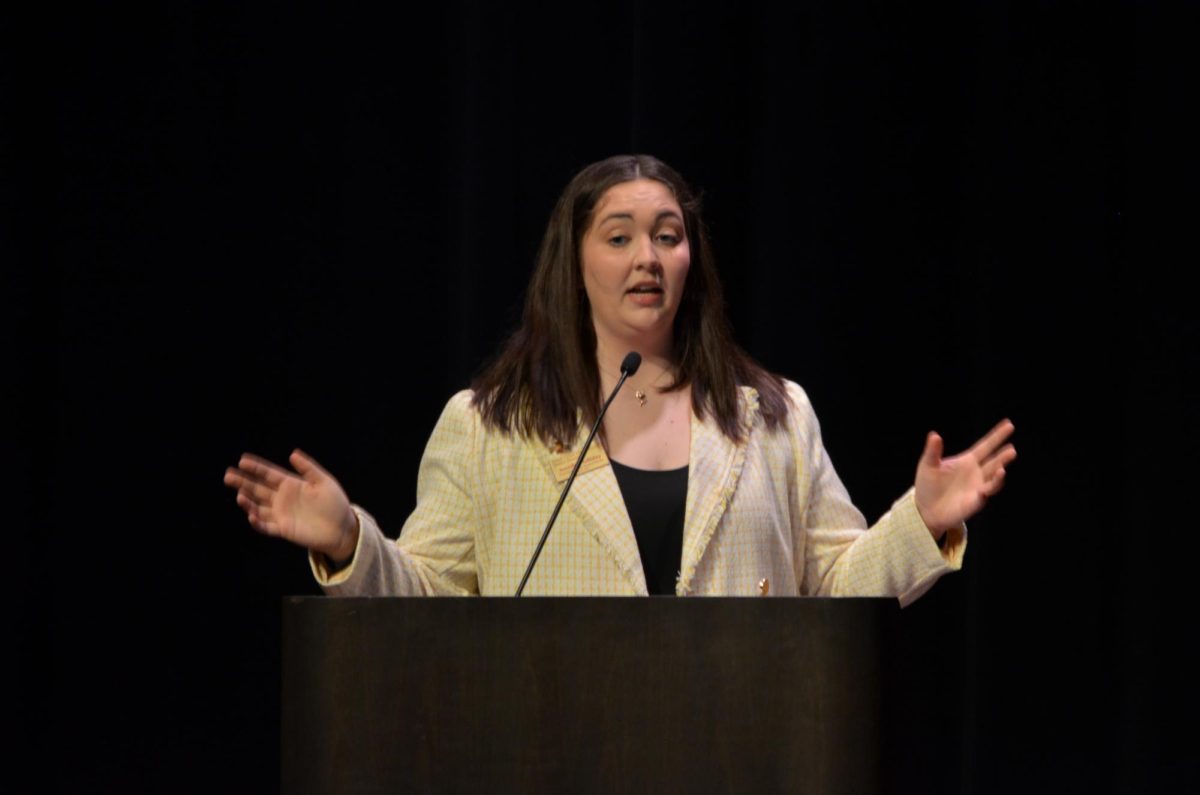Belding: Lion King re-release shows the power of more distant parts of life
September 27, 2011
When I was four years old I saw “The Lion King” with my aunt and two older cousins. That was 17 years ago. Some of you may be familiar with the five-screen movie theater at North Grand Mall here in Ames; there used to be six of them. We saw it on the sixth screen, which was located across the way from what is now Jimmy John’s.
That was the first movie I saw in a movie theater. It became my favorite for many years, and my friends and I spent hours’ worth of elementary school recesses acting out the more memorable scenes.
Last weekend I saw “The Lion King” again, this time with a group of friends and in 3D. And while I’m never enthusiastic about 3D movies (really, I don’t need a third set of lenses over my eyes), seeing my childhood favorite really took me back. It was roughly as good as walking up to a set of automatic doors, waving, and considering myself a Jedi when they open.
Let me tell you this: “The Lion King” again in theaters was just as good this time around as it was the first time. The only difference this time around was that I didn’t jump out of my seat when Scar caught his mouse of a lunch after the ceremony that starts the masterpiece.
And then I got to thinking about other really good, classic movies. Think of “Casablanca.” Whether you know it or not, you probably already know that movie’s memorable lines. “Gone With the Wind” also comes to mind. Now there’s a masterpiece. Think less of a movie and more of a filmed stage production. The first part begins and ends with a two-and-a-half orchestral overture, followed by a 15-minute intermission, and then the overtures repeat for the second half.
Movie-making is a lost art. “The Lion King” was on the tail end of Disney’s very own Renaissance, which included “The Little Mermaid,” “Beauty and the Beast,” “Aladdin” and our favorite film about a pride of lions and a pack of hyenas. They tried very hard to make a good movie, and succeeded: it was 1994’s most successful film, and its gross intake of $783 million make it the 26th-highest grossing film ever.
Nowadays, we repackage stories, give old scripts new actors in remakes, and prefer gun fights, car chases and sex to character and plot development. We want to see a rush, not an art form.
And then every so often we find ourselves watching on the silver screen a movie made years or decades ago. And it works. We go back. Its first weekend back, “The Lion King” was number one at the box offices. And instead of showing people some unoriginal, shallow movie where irreverent children run wild, young twenty-somethings can relive their youth for 87 minutes, and a whole new generation of children can watch a staple of their parents’ or aunt’s or uncle’s childhood.
Part of the problem seems to be our post-enlightenment that we can never go back. Life isn’t a line on which we travel; redemption is always possible. We can always lead our lives in new ways to atone for our wrongs. We can even recapture our childhood and youthful idealism if we want to.
Sometimes, though, that recapturing requires physically going back. For me that’s easy, since I live at home. I return to the town in which I grew up on a daily (or at least nightly) basis. I drive past my high school or church every morning, and I am daily reminded of the wonderful teachers who so profoundly shaped me in my teenage years.
Watching the movies you grew up with is another way to recapture youth. And if they’re good, you’ll benefit from the experience of seeing them again after a decade. Like good books, good movies will offer something to people of all ages, regardless of how familiar they are already.
The circle of life moves us all until we find our place. That place is determined by the whole accumulated experience of our lives, not just the most recent events. So go back to Pride Rock for a while instead of just living out your hakuna matata in paradise.
















